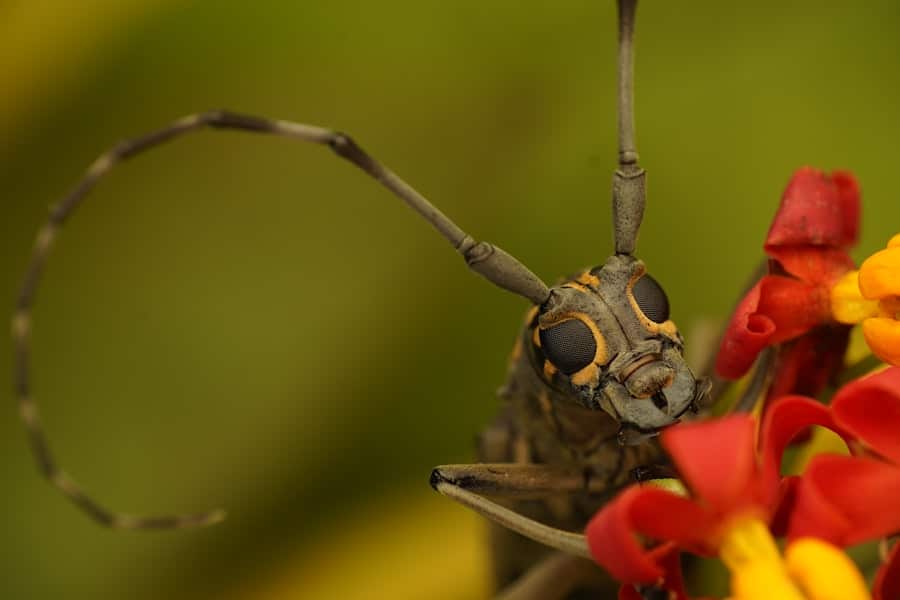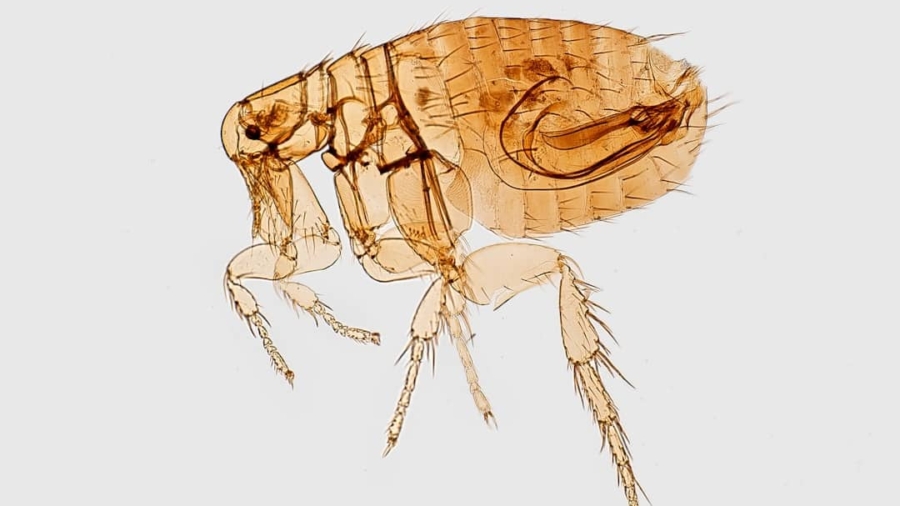In the realm of software development, quality assurance (QA) plays a pivotal role in ensuring that applications function as intended. One of the most challenging aspects of QA is bug reproduction, which involves replicating the conditions under which a software defect occurs. This process is crucial for developers to understand the root cause of issues and to implement effective fixes.
As software systems grow increasingly complex, traditional methods of bug reproduction often fall short, leading to delays in development cycles and increased frustration among QA teams. The advent of artificial intelligence (AI) has opened new avenues for enhancing the bug reproduction process, offering innovative solutions that can streamline workflows and improve accuracy. AI-supported bug reproduction leverages machine learning algorithms and data analytics to automate and optimize the process of identifying and replicating software bugs.
By analyzing vast amounts of historical data, AI can discern patterns and correlations that may not be immediately apparent to human testers. This capability not only accelerates the bug reproduction process but also enhances the overall quality of software products. As organizations strive for faster release cycles and higher quality standards, integrating AI into QA practices is becoming increasingly essential.
The following sections will delve into the current challenges faced in bug reproduction, the transformative role of AI, its advantages, potential limitations, future prospects, and ethical considerations surrounding its implementation.
Key Takeaways
- AI-supported bug reproduction in QA is a growing field that aims to use artificial intelligence to automate and improve the process of identifying and reproducing software bugs.
- Current challenges in bug reproduction include the time-consuming and labor-intensive nature of the process, as well as the difficulty in accurately reproducing bugs in different environments.
- AI plays a crucial role in bug reproduction by leveraging machine learning algorithms to analyze and prioritize bug reports, as well as automatically generating test cases to reproduce bugs.
- The advantages of AI-supported bug reproduction include increased efficiency, accuracy, and scalability, as well as the ability to handle complex and repetitive tasks.
- Potential limitations of AI-supported bug reproduction include the need for high-quality training data, the risk of bias in AI algorithms, and the potential for job displacement in the QA industry.
Current Challenges in Bug Reproduction
Environmental Variability: A Major Hurdle
The process of reproducing bugs is fraught with challenges that can hinder the efficiency of QA teams. One significant issue is the variability of software environments.
Complexity of Modern Applications
Furthermore, as applications become more integrated with third-party services and APIs, the complexity of reproducing bugs increases exponentially. Testers often find themselves grappling with a multitude of variables that can obscure the root cause of a defect.
Inadequate Documentation and Human Error
Another challenge lies in the documentation and communication of bugs. Often, bug reports lack sufficient detail, making it difficult for developers to understand the context in which a bug occurred. Inadequate documentation can lead to misinterpretations and wasted efforts in reproducing issues. Additionally, the reliance on human memory and subjective interpretation can introduce inconsistencies in how bugs are reported and reproduced. This inconsistency not only prolongs the debugging process but also increases the likelihood of overlooking critical issues that could impact user experience.
The Role of AI in Bug Reproduction

AI has emerged as a powerful ally in addressing the challenges associated with bug reproduction. By harnessing machine learning algorithms, AI systems can analyze historical bug data to identify patterns and correlations that may not be readily apparent to human testers. For instance, AI can sift through logs, user interactions, and system states to pinpoint specific conditions under which bugs are likely to occur.
This capability allows QA teams to focus their efforts on high-probability scenarios, significantly reducing the time spent on trial-and-error approaches. Moreover, AI can facilitate automated testing by generating test cases based on historical data and user behavior patterns. This automation not only accelerates the testing process but also ensures that a wider range of scenarios is covered.
For example, an AI system could analyze user interactions with an application and generate test scripts that simulate those interactions, thereby reproducing bugs more effectively. Additionally, AI can continuously learn from new data, adapting its models to reflect changes in software behavior over time. This adaptability ensures that QA teams are equipped with up-to-date insights that enhance their ability to reproduce bugs accurately.
Advantages of AI-Supported Bug Reproduction
The integration of AI into bug reproduction processes offers numerous advantages that can significantly enhance the efficiency and effectiveness of QA teams. One of the most notable benefits is the reduction in time required for bug reproduction. Traditional methods often involve extensive manual testing and trial-and-error approaches, which can be labor-intensive and slow.
In contrast, AI-driven solutions can quickly analyze vast datasets and identify potential reproduction scenarios, allowing testers to focus on high-priority issues without getting bogged down in repetitive tasks. Another advantage is the increased accuracy of bug reproduction. AI systems can leverage historical data to identify specific conditions under which bugs are likely to occur, minimizing the risk of overlooking critical factors.
This precision not only improves the likelihood of successfully reproducing bugs but also enhances communication between QA teams and developers. When bugs are reproduced accurately, developers receive clearer insights into the underlying issues, enabling them to implement more effective fixes. Furthermore, AI can assist in prioritizing bugs based on their impact on user experience or system performance, ensuring that critical issues are addressed promptly.
Potential Limitations of AI-Supported Bug Reproduction
Despite its many advantages, AI-supported bug reproduction is not without its limitations. One significant concern is the reliance on historical data for training machine learning models. If the data used to train these models is incomplete or biased, it can lead to inaccurate predictions and ineffective reproduction scenarios.
For instance, if certain types of bugs are underrepresented in historical data, an AI system may fail to recognize their significance or may not generate relevant test cases for them. Additionally, there is a risk that over-reliance on AI could lead to a reduction in human oversight during the testing process. While AI can automate many aspects of bug reproduction, human testers bring invaluable intuition and contextual understanding that machines may lack.
There is a danger that teams might become complacent, relying solely on AI-generated insights without critically evaluating them or considering edge cases that may not have been captured in historical data. Striking a balance between leveraging AI capabilities and maintaining human expertise is essential for ensuring comprehensive bug reproduction.
The Future of AI-Supported Bug Reproduction

Enhancing Bug Reports with NLP
One potential direction is the integration of natural language processing (NLP) capabilities into AI systems used for bug reproduction. By enabling machines to understand and interpret human language more effectively, NLP could enhance the quality of bug reports by automatically extracting relevant information from user feedback or support tickets. This capability would streamline communication between users and QA teams, ensuring that critical details are captured accurately.
Seamless Integration into DevOps Workflows
Furthermore, as organizations increasingly adopt DevOps practices and continuous integration/continuous deployment (CI/CD) pipelines, AI-supported bug reproduction will likely become an integral part of these workflows. Automated testing powered by AI can seamlessly fit into CI/CD processes, allowing for real-time identification and reproduction of bugs as code changes are made.
Faster Feedback Loops and Higher-Quality Software
This integration will facilitate faster feedback loops between development and QA teams, ultimately leading to higher-quality software releases.
Ethical Considerations in AI-Supported Bug Reproduction
As with any technology that leverages artificial intelligence, ethical considerations must be taken into account when implementing AI-supported bug reproduction systems. One primary concern is data privacy and security. The use of historical data for training machine learning models raises questions about how this data is collected, stored, and utilized.
Organizations must ensure that they comply with relevant regulations regarding data protection while also being transparent about how user data is used in training AI systems. Another ethical consideration involves bias in AI algorithms. If historical data reflects biases present in software development practices or user interactions, there is a risk that AI systems may perpetuate these biases in their predictions and recommendations.
For example, if certain demographics are underrepresented in user feedback or testing scenarios, an AI system may fail to recognize bugs that disproportionately affect those users. It is crucial for organizations to actively monitor and mitigate bias in their AI models to ensure fair and equitable outcomes in bug reproduction processes.
Conclusion and Recommendations for Implementing AI in Bug Reproduction
In conclusion, the integration of AI into bug reproduction processes presents a transformative opportunity for quality assurance teams facing increasing complexity in software development. By addressing current challenges through advanced machine learning techniques and automation, organizations can enhance their ability to reproduce bugs accurately and efficiently. However, it is essential to remain vigilant about potential limitations and ethical considerations associated with AI implementation.
To successfully implement AI-supported bug reproduction systems, organizations should prioritize comprehensive training datasets that reflect diverse user experiences while actively monitoring for bias in their algorithms. Additionally, fostering collaboration between human testers and AI systems will ensure that both human intuition and machine intelligence are leveraged effectively throughout the testing process. By embracing these recommendations, organizations can position themselves at the forefront of innovation in quality assurance while delivering high-quality software products that meet user expectations.
In addition to exploring the future of AI-supported bug reproduction in QA, tech enthusiasts may also be interested in learning about the best tablets for business in 2023. According to enicomp.com, these tablets offer powerful performance and productivity features that can enhance workflow efficiency. Additionally, those looking to stay ahead of the curve in tech trends may want to check out the article on the best tech products of 2023, as highlighted on enicomp.com. For those specifically interested in portable computing devices, the features of the Samsung Galaxy Chromebook 2 are worth exploring in depth, as detailed on enicomp.com.
FAQs
What is AI-supported bug reproduction in QA?
AI-supported bug reproduction in QA refers to the use of artificial intelligence (AI) technologies to assist in the process of identifying, reproducing, and fixing software bugs in quality assurance (QA) testing. This can involve using machine learning algorithms to analyze and predict potential bug scenarios, as well as automating the bug reproduction process.
How does AI support bug reproduction in QA?
AI supports bug reproduction in QA by analyzing large volumes of data to identify patterns and potential bug scenarios, predicting the likelihood of certain bugs occurring, and automating the process of reproducing and fixing bugs. This can help QA teams to more efficiently and accurately identify and address software bugs.
What are the benefits of AI-supported bug reproduction in QA?
Some benefits of AI-supported bug reproduction in QA include improved efficiency and accuracy in bug identification and reproduction, reduced manual effort required for bug testing and reproduction, and the ability to identify and address bugs earlier in the software development lifecycle. Additionally, AI can help QA teams to prioritize and focus on the most critical bugs.
What are the challenges of AI-supported bug reproduction in QA?
Challenges of AI-supported bug reproduction in QA may include the need for high-quality and diverse training data for machine learning algorithms, the potential for bias in AI models, and the requirement for skilled AI and QA professionals to effectively implement and utilize AI technologies in bug reproduction processes.
What is the future of AI-supported bug reproduction in QA?
The future of AI-supported bug reproduction in QA is likely to involve continued advancements in AI technologies, such as improved machine learning algorithms and natural language processing capabilities, as well as increased integration of AI into existing QA testing tools and processes. This may lead to more efficient and effective bug reproduction and resolution in software development.

